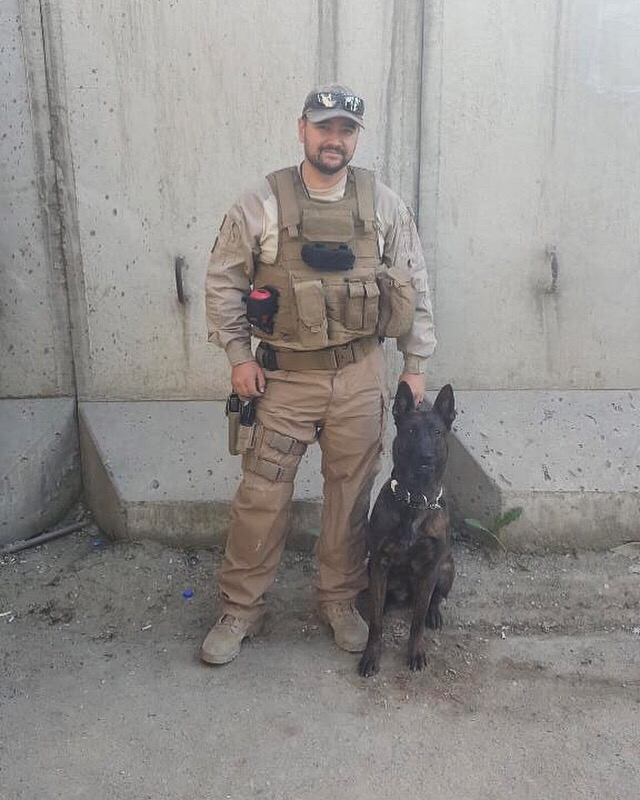
A few weeks ago, I headed out to the Arizona desert to one of the designated shooting areas with a few friends to practice some drills. Shooting in the desert can be a lot of fun because you have Open Spaces, and more flexibility to train then on a traditional public range. The downside, is that you never know who’s going to show up and you’re forced to police each other. For the most part, people that end up in the desert shooting are very polite and good representatives of the 2A community.
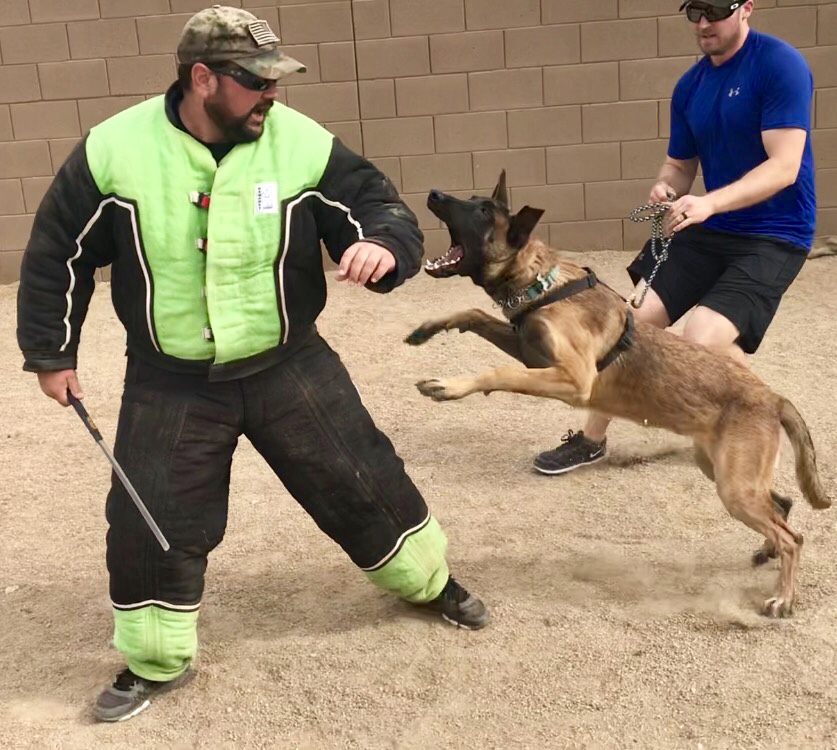
Yet…on this particular day… as my group and I had just set up to shoot, an old station wagon very reminiscent of the Griswold Family vehicle rolled up to our shooting area. We watched, in a mixture of amusement and annoyance, as three late teen boys filed out of the vehicle, walked to the hatch trunk and then let out two, scraggly mutts.
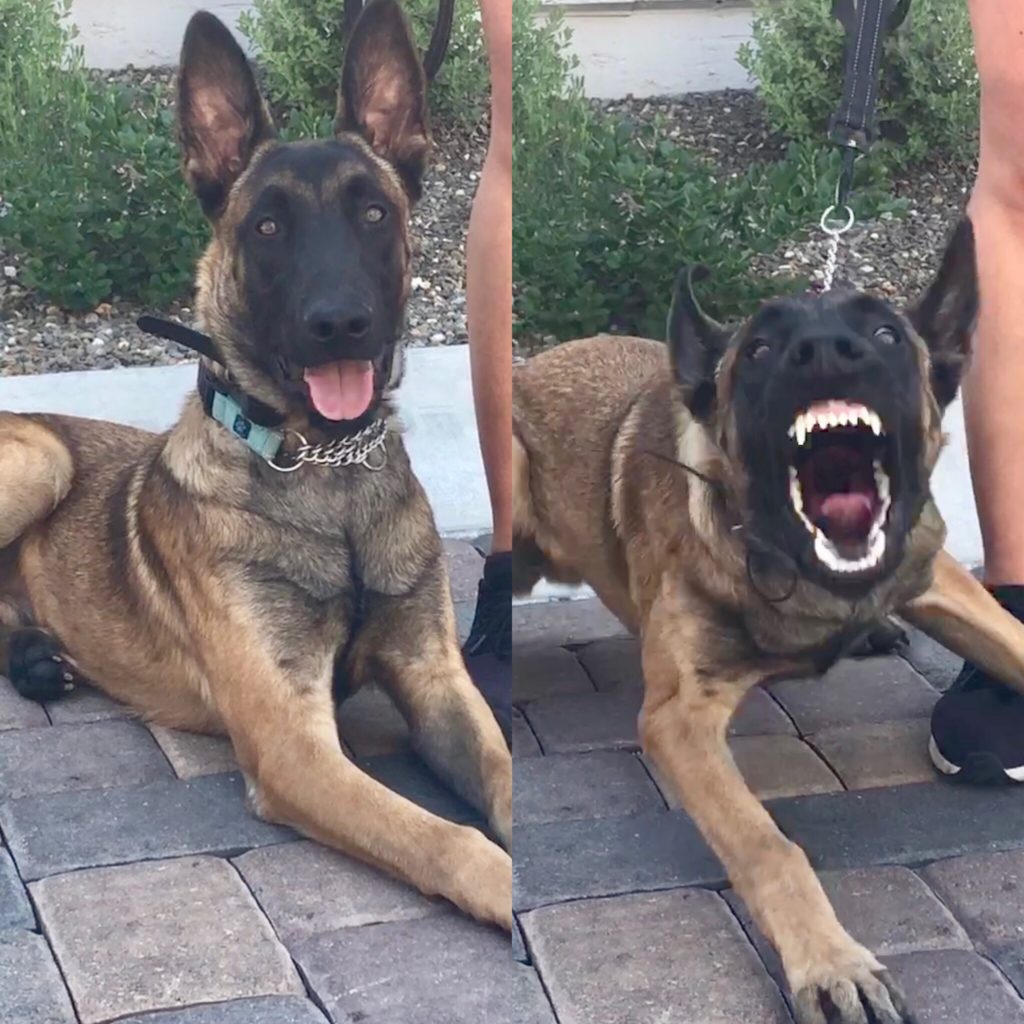
I looked over and watched the largest boy in the group take leashes and latch them to the seats of the station wagons, “should we see if they have ear pro for the dogs?” I asked. One of my shooting partners shook his head angrily, “they shouldn’t be hear.” He approached the boys, who were shooting air sorts and explained that, well, this was a live range with guns that make noise.

The boys ignored the warning and said something snarky, so we went back to shooting, and it quickly became clear that the kids and the dogs were not prepared to be on a range with live gunfire. And they promptly left.
This encounter brought up a lot of questions for me. I see working dogs around gunfire without any negative reactions, and I wouldn’t mind bringing my German Shepherd to the range with me every once in a while, but how do you acclimate a dog, with keen, sensitive hearing, to such a loud environment?
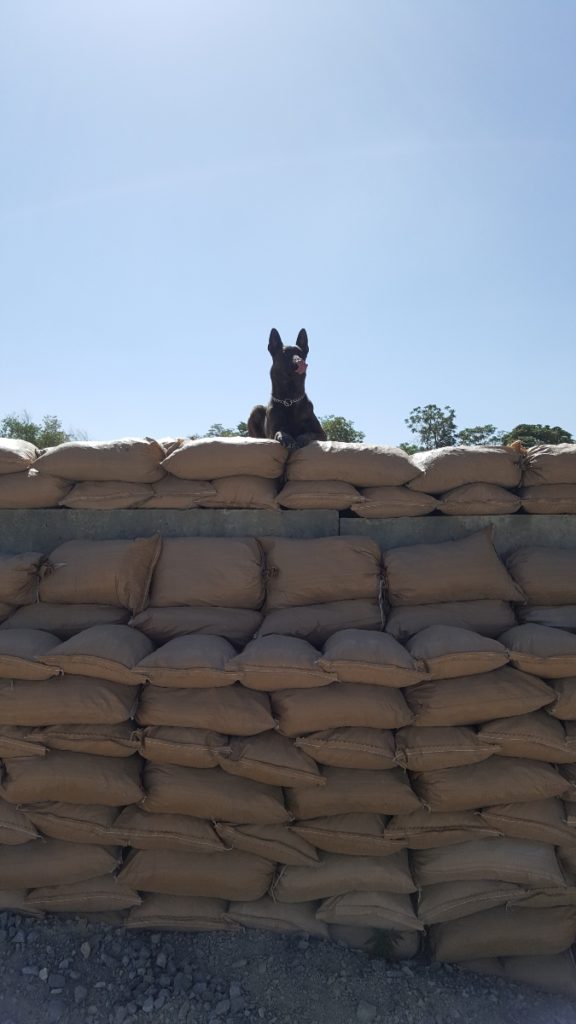
Enter Pat, from Pat’s K9:
Pat has over 12 years of K9 Handling experience, working with narcotic detection and protection dogs, search and rescue, , and then later in his career, Explosive Detection Dogs in Afghanistan. I sat down with Pat to get a solid understanding of the process involved in introducing a civilian dog to the range.
“Okay, to start with. All dogs need basic training. Even the best dog in the world, is still an animal. So, for the safety of all involved, basic obedience is a must.”
“Let’s say the dog already has had basic obedience. “ I probe.
Well, the very first thing you need to understand is that this is a slow process. It’s not on your schedule, it’s on the dog’s comfort level and you can’t push it, or you will completely destroy any chance of it working. “
“Do you use treats?” I asked while scribbling notes.
“No, that’s a good way to mark behaviors you don’t want, like fear. Use a toy instead. Let them play and keep everything upbeat.”
Pat then laid out a solid game plan to begin the acclimation process, “ You always use a leash. That’s a must. When dogs get scared, they run, and the leash keeps them secure and safe. First off, you don’t just throw them near gun fire. You start maybe, 150 yards away from someone shooting. Just play with them and act like everything is normal. Then maybe next time, 100 yards, then 50. Eventually, you’ll be able to shoot with your dog next to you. “
I squint a little, “wouldn’t that blow out their eardrums? Dogs have sensitive hearing. “
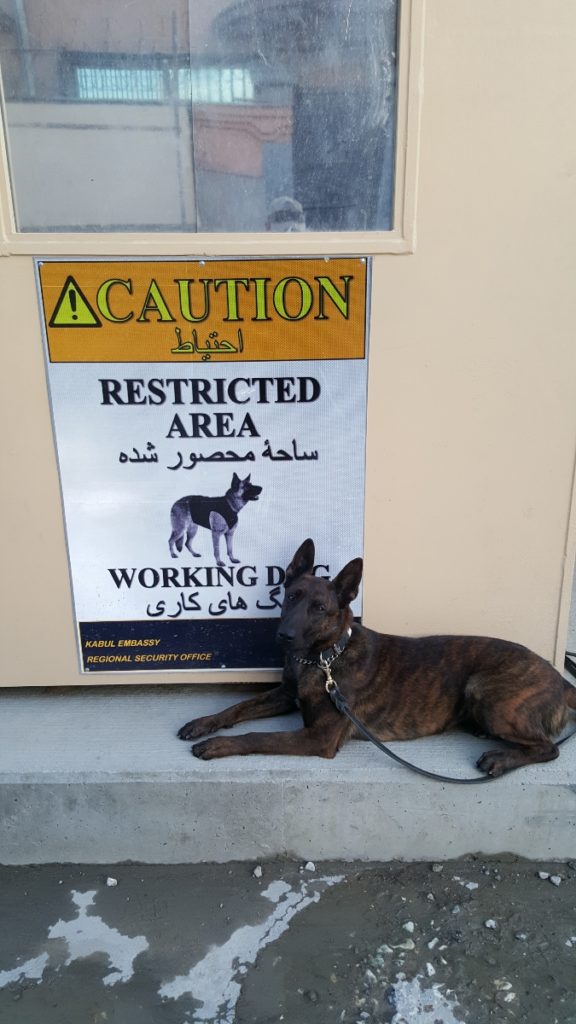
Pat smirks a little, “They do, but it doesn’t really affect them. You can always shove cotton balls down their ears to help. Some companies make ear pro, I tried it, but my dogs always tried to pull them off. Cotton balls are fine, but you have to remember that your dog needs to know how to respond without it. You can’t really tell a bad guy to wait will you shove cotton balls into your dogs ears.”
Fair enough…. I thought for a few minutes, “can older dogs became acclimated, or just puppies?”
“It’s always easier with puppies but older dogs can be trained too.”
Once Pat laid out the basic steps to this process, our conversation shifted to more advanced topics, like bite training and the pros and cons to such ventures. I will be following up with another article covering this topic, keep a look out.
Pat offers an interesting mix of coursework, he works with older dogs, needing better basic obedience. Police departments with working K9s, and everything in between.
Pat offers programs locally, but also travels for his clients. Check out Pat’s training programs: